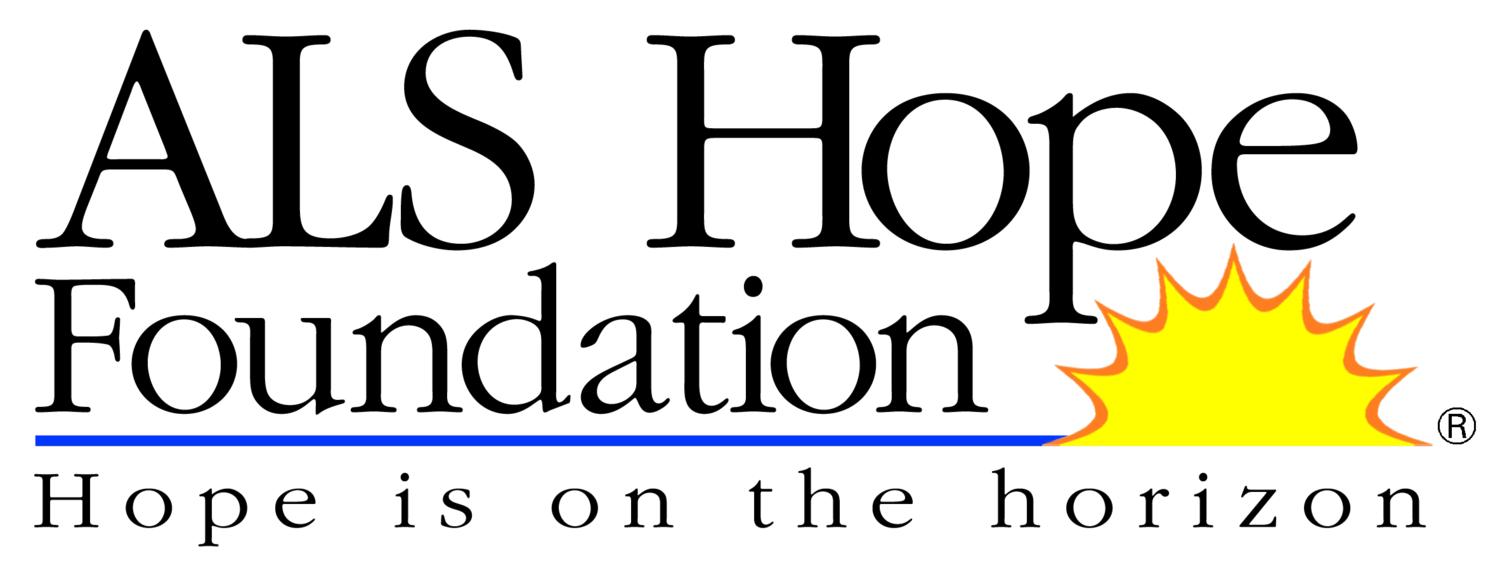International Symposium on ALS/MND Review
/The International Symposium on ALS/MND was held virtually December 6-9, 2022. This year's symposium started with a Welcome from Dr. Brian Dickie (UK) and Dr. Ammar Al-Chalabi (UK) of the Motor Neuron Disease Association (MNDA).
The meeting took place over three days and was a mix of video presentations and posters. During the symposium the results of several clinical trials were presented and Dr. Heiman-Patterson's review of four of these, RNS60, low dose IL2, CNM Au8, and Toferson can be found here.
First the 24 week trial RNS60 which functions as a neuroprotective and anti-inflammatory molecule examined biomarkers of inflammation and neurodegeneration along with the ALSFRS, FVC breathing test, quality of life and survival. In the 147 pALS enrolled there was a decrease in the decline in FVC in the participants treated with RNS60. There was no change in the biomarker of neuronal degeneration (Nfl). There was no difference in global function or survival although this trial was not powered to detect such a difference.
The second trial that was presented was low dose IL2 which acts as an anti-inflammatory through its activity on Treg cells. The primary objective of this trial was efficacy and safety over 18 months along with the effects on Treg. The results demonstrated an increase in Tregs along with a decrease in the risk of death when adjusted based on the phosphorylated neurofilament in the spinal fluid the effect was significant and increased to a 73% decrease in survival. The benefit was greatest in pALS with the lowest levels of phosphorylated neurofilament
The long awaited results of the Rescue ALS trial of CNM Au8 were also presented. This agent improves energy production and supports mitochondria. In this 36 week trial 45 pALS were randomized to treatment and there was a slowing in the decline of the ALS FRS score along with improved quality of life. In addition, there was a decrease by 70% in all cause mortality in those pALS treated both in the study and the open label period compared to those who were initially on placebo. Previously, CNM-Au8 was evaluated in the Healey Trial over 24 weeks, but did not meet its primary and secondary end points; however, the therapy did show survival benefit on exploratory analyses. Additional phase 3 studies are under consideration.
Finally there was additional data presented on Toferson from the Phase 3 trial. This agent is a splice modulating oligo that blocks SOD1 and has been developed to treat familial ALS associated with a SOD1 mutation. It was demonstrated that SOD1 protein is decreased by 8 weeks on treatment and remains decreased while the marker of neurodegeneration, NFL, shows a decrease by 12 weeks. Further, when the levels of NFL are considered, treated pALS demonstrated improvements in the decline of ALSFRS, strength measures and vital capacity as well as quality of life during the extended open label phase. This is important because it suggests that there are biological effects that occur prior to the clinical improvements. Toferson is now being evaluated for approval by the FDA.
Dr. Rick Bedlack (USA) received the Forbes Norris Award and Dr. Heiman-Patterson commented: “I was extremely happy to hear that this year’s winner of the Forbes Norris Award was Dr. Richard Bedlack. This prestigious international award is named for Dr. Forbes “Ted” Norris, a neurologist who dedicated his career to helping people with ALS/MND, and it is awarded annually to a neurologist who provides compassionate excellence in care and has contributed to the understanding and treatment of ALS/MND. Dr. Bedlack is extremely deserving of this recognition and I am proud to work with him on our Clinical Research Learning Institute and ALS Untangled.”









